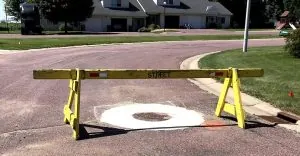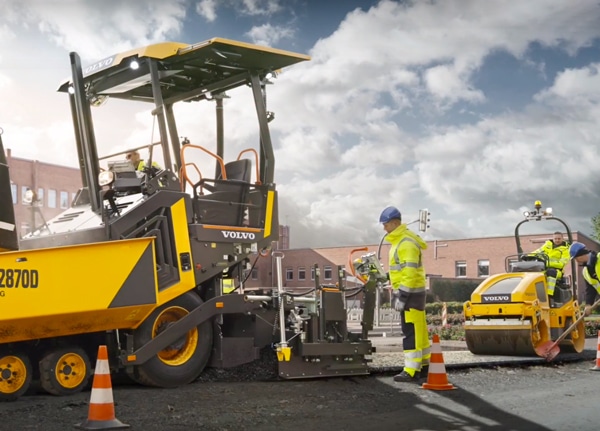

Silica dust, a pervasive and often invisible hazard in today’s manhole rebuilding industry, is a matter of increasing concern. Found commonly in operations involving the cutting of bricks, tiles, concrete, and some plastics, silica particles are an astonishing 100 times smaller than a grain of sand. This microscopic size means manhole rebuilding workers could be inhaling harmful silica without realizing it.
The risks of silica exposure are serious and varied. They include silicosis—an incurable lung disease that can lead to disability and death—lung cancer, chronic obstructive pulmonary disease (COPD), and kidney disease.
Given these risks, OSHA mandates that action must be taken whenever manhole rebuild workers are exposed to silica levels exceeding 0.025 mg/m3. This often involves implementing engineering changes or providing personal protective equipment (PPE), with respirators being the most common form. However, the use of respirators is not without its challenges. It necessitates additional training, annual physicals, and fit tests for employees.
Manhole rebuild companies are also required to perform real-world testing to ensure silica levels are kept below the action level. Failure to comply can result in hefty OSHA fines, with respiratory protection violations ranking among the top ten most cited following workplace inspections.
Recognizing the need for effective solutions, Mr. Manhole has designed a solution that totally eliminates all silica exposure for manhole rebuild workers. Mr. Manhole has conducted an independent laboratory study comparing traditional methods to remove concrete and asphalt around manholes to the Mr. Manhole method of cutting and removing manhole frames. Traditional methods, which often involve a concrete saw or jackhammer, exposed manhole rebuild workers to silica levels of 0.21 mg/m3—over eight times the OSHA action level. This startling finding underscores the need for effective mitigation strategies in the manhole rebuild workplace.
While respiratory protection programs are one approach, they are administratively intensive and require ongoing maintenance. A simpler, more effective approach is engineering controls, where the hazard is eliminated through specialized equipment. It is a bonus that the Mr. Manhole system is faster and more efficient and eliminates all heavy lifting present in traditional manhole repair methods.
This is where Mr. Manhole excels. Our independent study found that the Mr. Manhole system reduces respirable silica to less than 0.011 mg/m3, well below OSHA’s action level. This makes The Mr. Manhole system is not just compliant, but a leader in providing a safer workplace environment for manhole specialists.
The Mr. Manhole tools, including our innovative misting system (Mr. Mister), are designed to keep your team safe and ensure compliance with OSHA regulations. Our system not only protects workers but also simplifies compliance, reducing the need for complex respiratory protection programs.
In light of these findings, we encourage manhole rebuild businesses to adopt the Mr. Manhole method. Not only does it significantly lower the risk of silica exposure and speed operations, but it also demonstrates a commitment to the health and safety of your employees, fostering a better company-worker relationship.
The safety aspects of the Mr. Manhole system are so effective that the Ohio Bureau of Workmans Compensation has begun a grant program that will compensate eligible Manhole Rebuild Companies up to 75% of the purchase price of the Mr. Manhole tools.

© 2022 Critex LLC All rights reserved. | Contact | Privacy Policy | Sitemap
Website by NOW Marketing Group